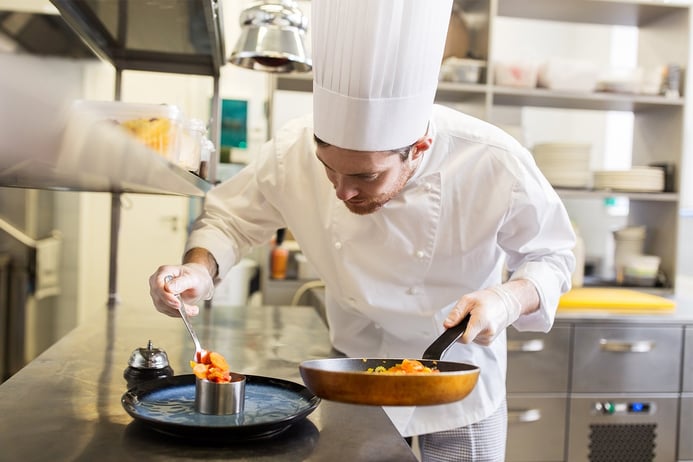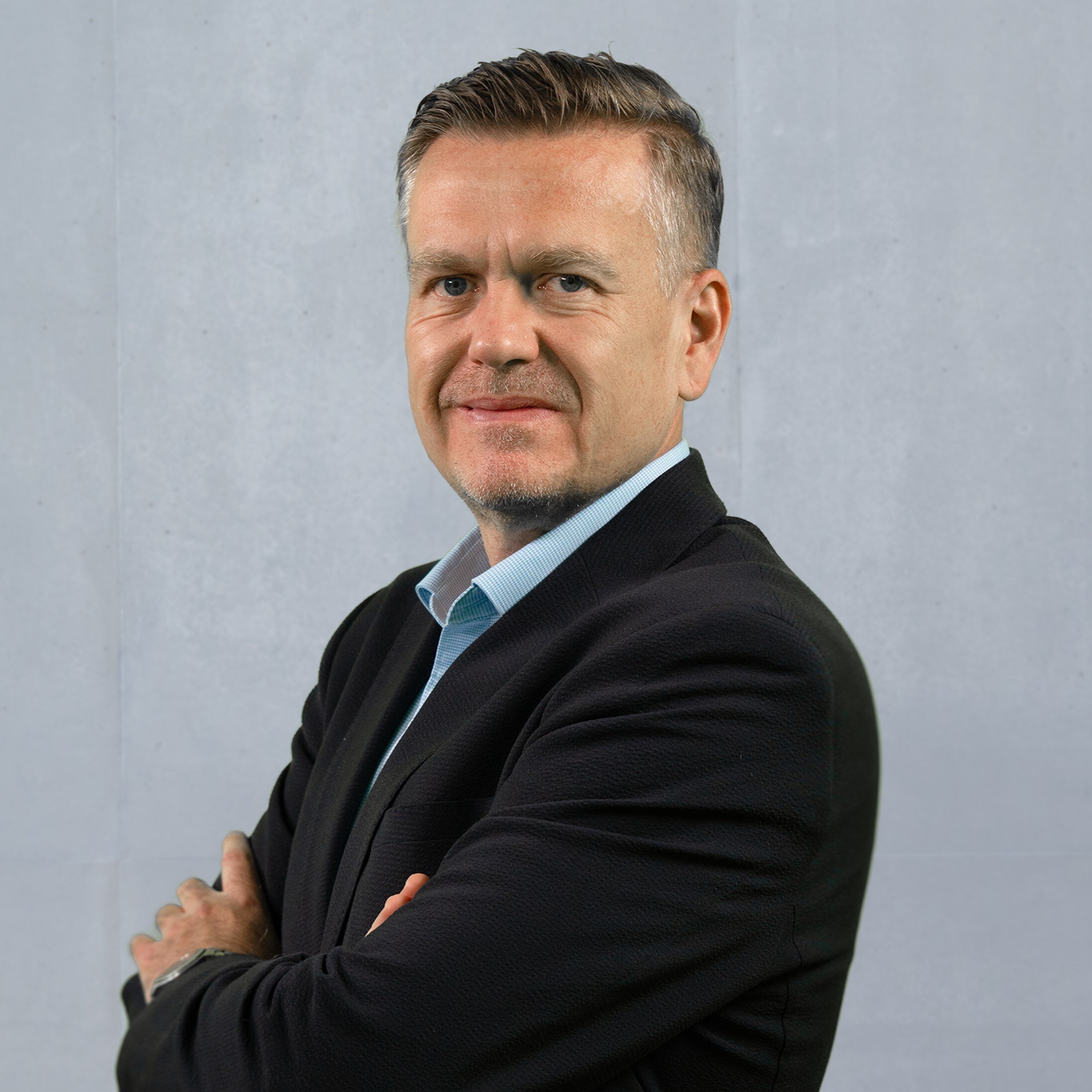When it comes to continuous creativity and innovation, no enterprise comes close to the work done by the master chefs of haute cuisine. While it’s true that creativity and innovation are essential to nearly any career, nowhere are these more important than in haute cuisine.
EHL study of creativity and innovation in culinary arts
For this reason, I conducted a study of creativity and innovation among 18 chefs who are recognized by Michelin or Gault Millau, the two chief restaurant guides to haute cuisine. My goal was to identify the process that begins with creativity and ends with innovation, and to outline the connections between these two intimately related processes that are so essential to haute cuisine.
Skills are not tangible
The complicating factor in a study of the creativity and innovation process is that you cannot see it in action. We know this process exists, because we see (and enjoy!) the innovative creations of so many chefs. What we don’t know is exactly how the creative impulse becomes an innovative menu item. So, I felt that the best approach to begin to understand this connection was to talk directly with the chefs.
Balance as the basis for innovation in the culinary arts
Having trained and worked as a chef myself, I could understand and connect to the chefs as they described a process that begins with creative inspiration and ends with an innovative menu. What became clear in these conversations is that the chefs’ professional expertise mediates this process, and they seek a balance that allows their creative impulses to become recognizable innovations. This concept of balance is critical to the definition of innovation – and guides the chefs’ actions. People who are outside the process must be able to discern that the chef’s innovative creation is different, but at the same time it must not be so radical that the judges – whether restaurant reviewers or customers – cannot see its value.
Creativity in haute cuisine is subject to another type of balance, relating to the “rules” of haute cuisine, although the culinary world has become less formal in the wake of nouvelle cuisine. Haute cuisine remains both a specific form of art (or perhaps artisanship), but it is also a business in which you have to justify your very existence and communicate clearly to your customer who you are and what you offer.
Thus, the pressure always exists to be innovative, within limits. In one study with fellow researcher, Dr. Viktor Dörfler, we found that our expert chefs clearly used an iterative process to develop their creative notions during which they repeatedly adjusted their concept for an optimum level of innovation. Often these adjustments were made mentally before the chefs physically tested the concept. We called this an “intra-personal interpretation of inter-personal judgment.” This process, which was essential to innovation, was made possible by the chefs’ considerable expertise.
The chefs’ iterative judgment process opens a clear window into innovation. The intuition of these experts during the creative process creates rapid feedback (and feedforward) loops between idea generation and idea evaluation. Thus, the chefs report that they can quickly judge whether a particular idea can be developed, and then they can modify that idea to become a dish that will be recognizably innovative (but also accepted). In that context, the practice of high-level creativity seems to involve not only a person’s cognitive and sensory abilities, but also the ability to judge whether the socio-cultural environment is likely to accept a new idea.
From an apprentice to a master chef
The development of an apprentice into an expert chef provides another window into the creative process. I interviewed the 18 chefs regarding the way they see apprentices developing the necessary high-level creativity through practice. At the start, this process requires talented apprentices who can develop the technical and creative skills to become masters in their field. It became clear that apprentices learn about the social appropriateness of their creative endeavors through the creative filter provided by their masters. Again, however, this too is an iterative process, whereby the masters allow the apprentices the space needed to develop their own creative voice and expertise. At the same time, the masters act as gatekeepers to demonstrate practical aspects of innovation.
Read all about possible career paths in the Culinary Arts here.
It is also important to note the itinerant nature of apprenticeship, using a process I term the “wandering master–apprentice relationship”. Apprentices employ the creative worldview of a succession of masters as an aid to develop their own creative voice, while at the same time the masters provide the apprentices room to grow and experiment. Thus, learning sits at the fulcrum between social appropriateness and the development of a creative voice.
In the end, the processes of learning and knowing cannot be separated from their socio-cultural context. In this view, it is through participation that the practices, values, behaviors, and norms of a discipline are learned and understood, and that identity and selfhood are developed. It is also impossible to separate the creativity found in haute cuisine from the business context which both supports and restrains this creativity. The innovative ideas of the master chefs are developed in the midst of this creative and competitive context.





